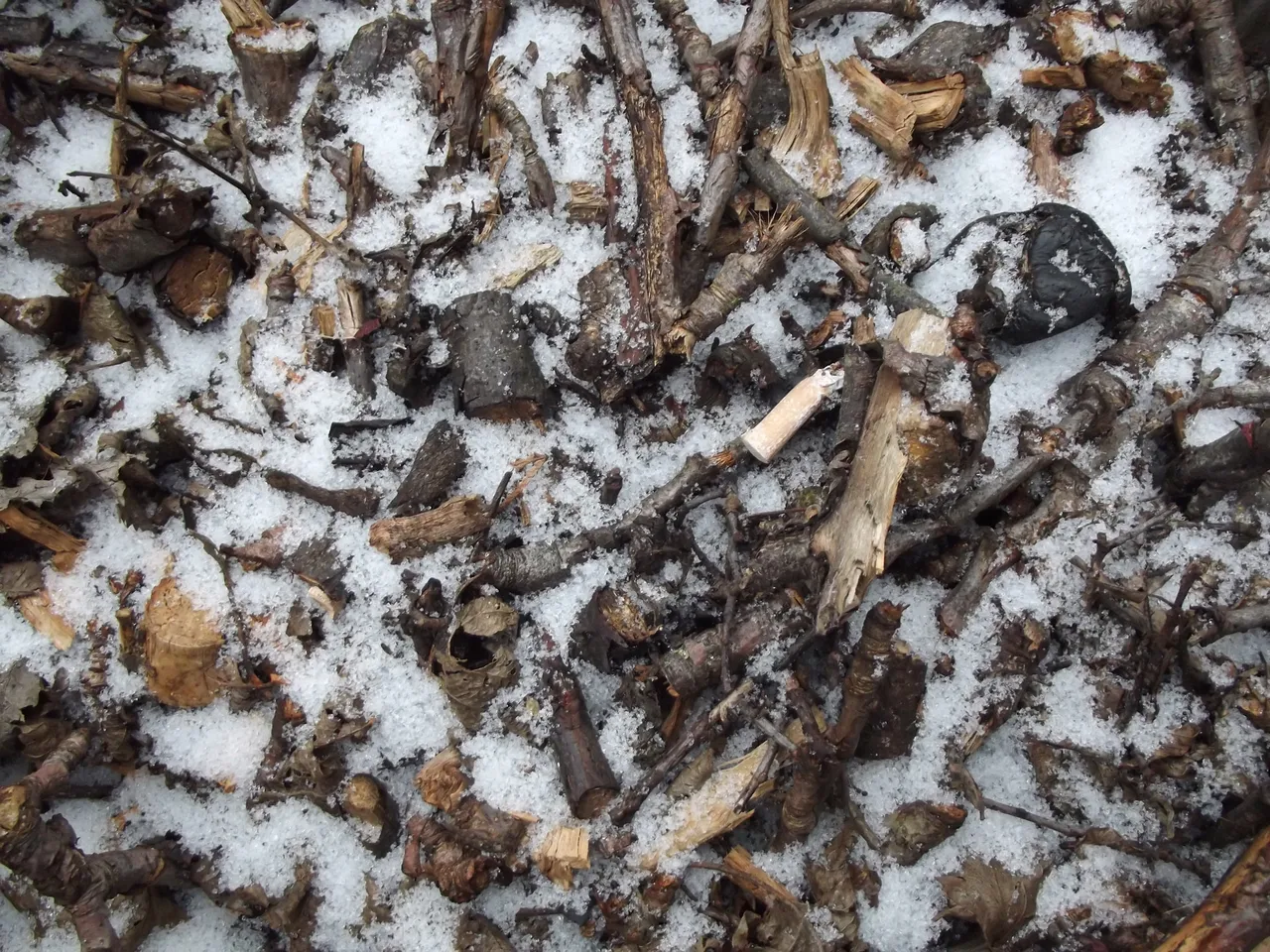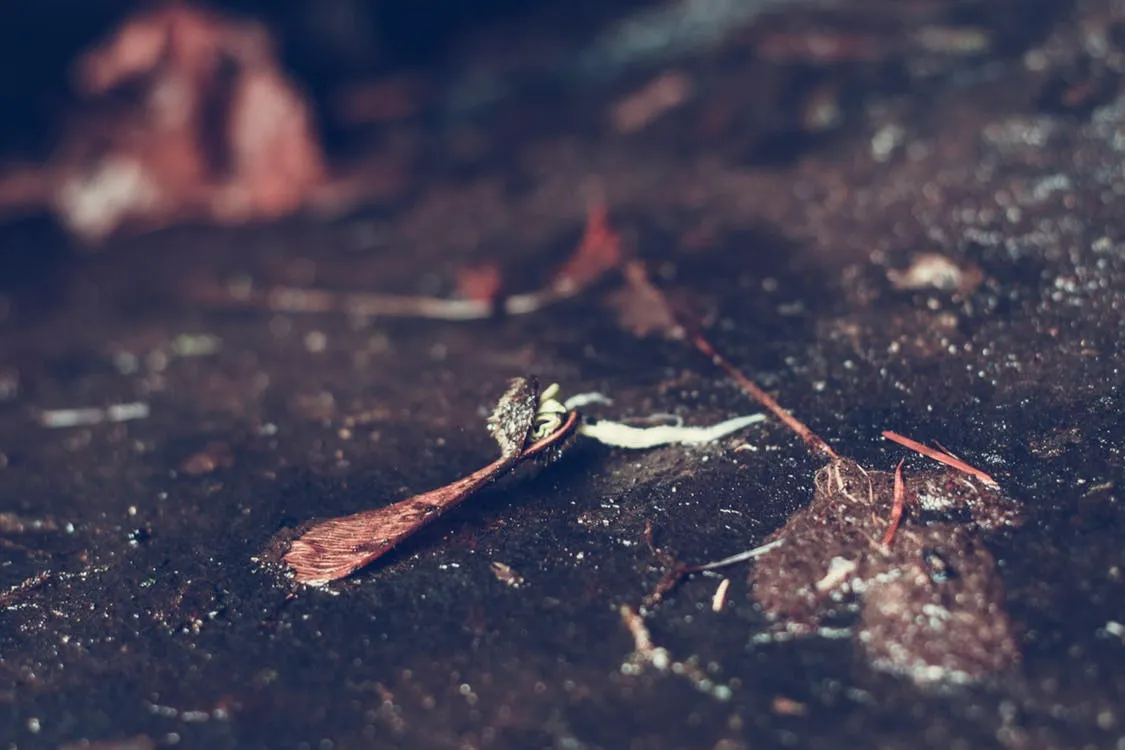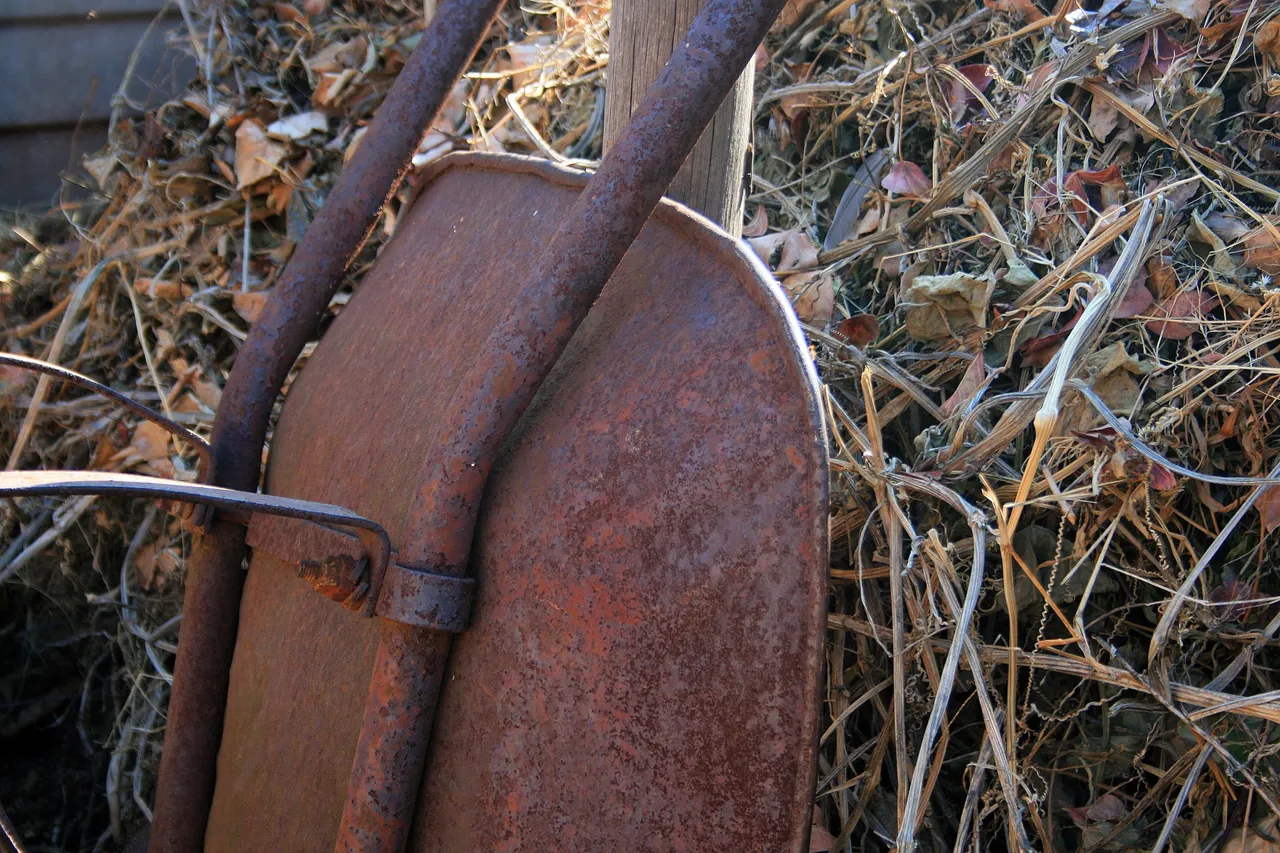The New Year is nearly upon us and things are about to start changing! Some of you may know that my resolution this year is to only shop and spend locally in 2018. The goal was originally to embark on a journey in fiscal responsibility and mindful consumerism but I can tell that this is quickly becoming an exercise in self-sufficiency.

[Image from publicdomainpictures.net - CC0 Public Domain]
I've talked before about how "self-sufficient" is just another way of saying "I am enough" and while this is still very true, I have to tell you that I am a little bit worried about how much I'm already expecting to have to power through by myself in the coming year. For example, it's one thing to try to grow some of your own produce. It's quite another thing to have no yard and need a container garden. Sure, I could buy some containers locally and make my own container garden, but most of what I've found is plastic and I hate the idea of growing food in plastic even if it's the "safe" kind. The other options are metal and concrete planters but they are very expensive and I need several of them. I could make my own out of concrete but the materials needed are also very expensive and I'm also not sure about the chemicals from the concrete that could also contaminate the soil. This predicament has left me with surprisingly few options.
One thing I'm looking at, particularly for my potatoes, is making my own grow bags from several layers of burlap. I'm going to check out the local greenhouses, landscape companies, and feed stores to see if they have and keep any of their burlap. Whether I use it or not will depend on what has been kept in the sacks originally and whether or not they have been treated with something. Depending on how much (if any) burlap I'm able to secure, I might try to do some other root vegetables in bags like this as well.
My biggest revelation came in one word: cob. If you're not familiar with cob as a building material, I encourage you to do some research on it because I feel like it is very underappreciated as a building material. Most of the information you're going to find online for building with cob will center around home building. That may be because it is not a good option for garden containers but I have high hopes.

[Image from pexels.com - CC0 Public Domain]
The main reason I want to use cob for building these raised garden containers is that its very inexpensive. In my area, I can get a ton of clay delivered to my house for $8. This may not be the case in other areas but I plan on capitalizing on this resource. It is comparable in cost for sand. I can get straw bales for $4 each or even a little bit less if I buy in multiples of ten. What it boils down to is that I can have my patio covered in custom, durable, raised planting containers for less than $50.
Another reason that cob is so appealing to me is moisture control. If we have a very wet year, it could certainly be my downfall but in the hot, dry, direct sun this summer, I think that the earthen nature of the cob will help to keep moisture in the planter. It is also great for insulation so the roots of the plants will not get too hot in the summer but they would also not be likely to freeze in a cold snap and the tops of the plants could be saved if they were covered in time.
The biggest problem that I see with creating cob planting containers is time. I will be making these myself in hopes of having them done before spring. I don't have a garage or a very big apartment to be doing this in. Considering the way the cob has to be protected while it's drying, I will not be able to do it outside during the snowy Indiana winter so I am left with few options when it comes to where these will need to be constructed. The only thing I can think to do is build and dry them in my kitchen floor. It is the only street-level room in my house and it has a tile floor that can be easily cleaned. How am I going to move these big, heavy things out of the house and out of the way when I'm done? I'm going to build them on wooden platforms with castors underneath for mobility. I'm going to measure my door and cut the wood platforms to a size that will be easy to remove from the house when spring finally comes.

[Image from publicdomainpictures.net - CC0 Public Domain]
Everyone I've told about these ideas so far think I'm a little bit nuts and they're probably right. Stay tuned in the next few weeks and months to stay up-to-date on how I'm preparing for a locally-sourced, frugal garden in 2018. I'd love to hear what everyone else is doing to be more self-sufficient this year. Please tell me in the comments! Also, if you have any experience in building with cob or making alternative gardening containers, please let me know. Happy New Year!
